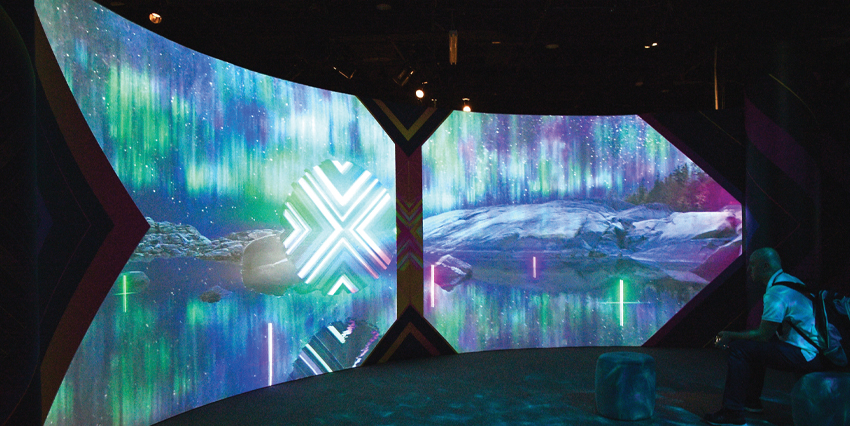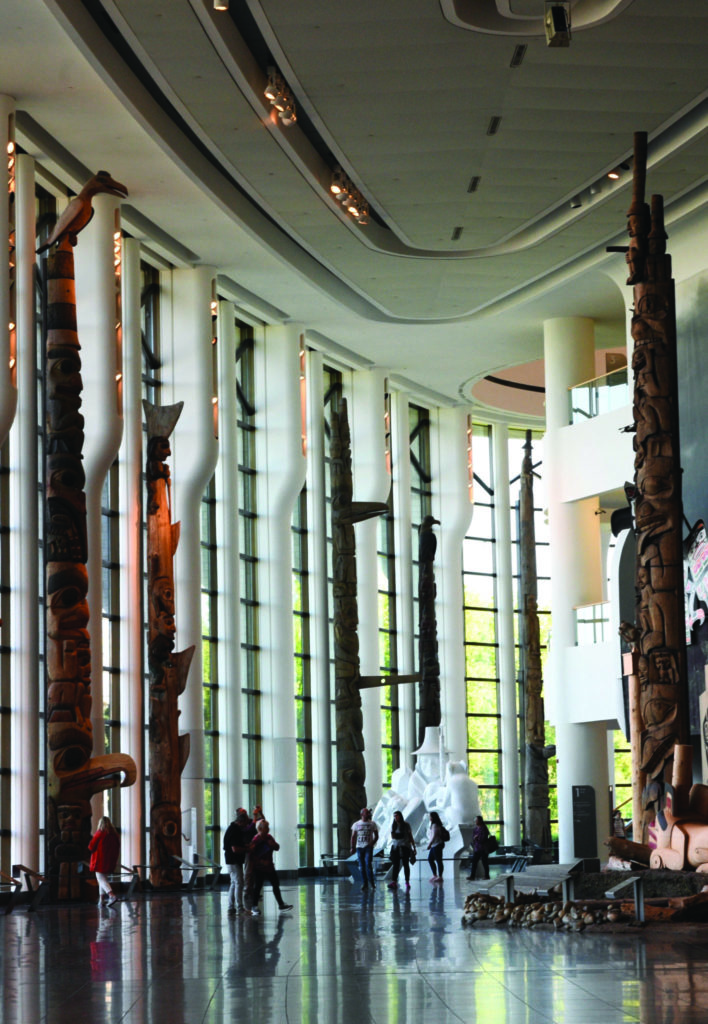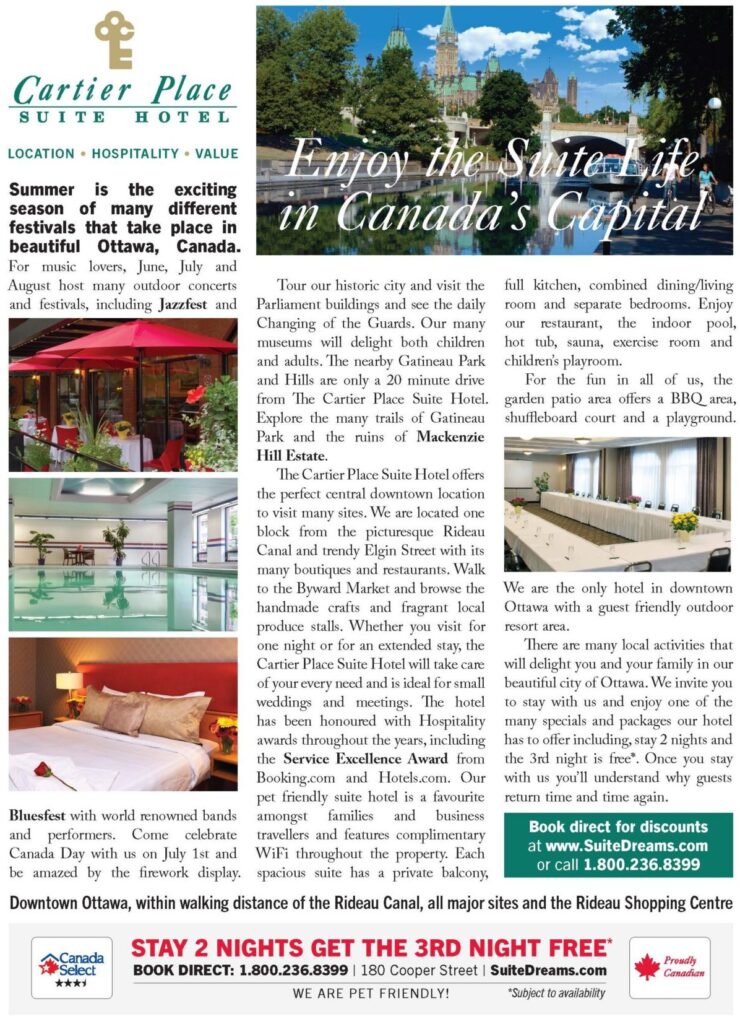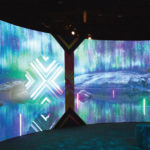Famous Ottawa Architect Incorporates Indigenous Culture in Designs

Unceded—Voices of the Land multimedia exhibition at the Museum of History
By Jeff Buckstein
Douglas Cardinal is famous for his curvilinear architectural designs in Canada and the United States, most notably in the National Capital Region with the Canadian Museum of History.
The curves in the 30-year old Museum’s structure embrace the Ottawa River to its south, with the 93,000-square metre building’s architectural form symbolic of the waves that shape and mould the rocks within the river, explains Cardinal.
“I’m inspired by forms of nature. I also like my buildings to be nurturing and caring spaces, so my buildings are more female than male symbols,” says the 85-year old architect, who proudly incorporates his Indigenous heritage and philosophy into his work.
“I like to emphasize that although we’re all the same, we have a different way of thinking. The Indigenous peoples’ world view is more at harmony with nature. People feel they have to dominate nature, that they are separate from nature, whereas the Indigenous world view regards us all as being part of and at one with nature,” he says.
Cardinal says architectural design provides a very strong statement that can influence people not only sculpturally, but as a form that people can enter to experience a whole inner environment.
In addition to being an early proponent of computer aided architectural design, he has long advocated for greater sustainability, green buildings and ecologically designed community planning. For example, the Museum of History uses water from the Ottawa River for geo-thermal heating and cooling.
Cardinal says the NCR is making improvements in those areas but believes there is “still a long way to go.”
Cardinal is currently participating in a special multimedia exhibition at the Museum of History called ‘Unceded—Voices of the Land’ to illustrate the Indigenous experience in North America. This exhibition runs until March 22, 2020.
“The exhibit is trying to show how important it is to incorporate Indigenous people as true partners in this country. Their world view is extremely important for the future,” he says, referencing climate change and other threats to the Earth’s health that scientists believe has already led to the extinction of at least thousands, if not millions of species on the planet.
“The Indigenous people have always worked in harmony with this Earth. Their way of living was to always plan for seven generations, because whatever you do today is going to affect the future. Therefore, you owe it to your children and your children’s children to always keep one’s balance with one’s environment,” Cardinal emphasizes.
“We want the exhibit to immerse people into our world view so that people get it rather than just read [about] it,” he adds.
Cardinal’s architectural works in North America for more than a half century have also served as a powerful visual to the importance of Indigenous heritage and culture.























